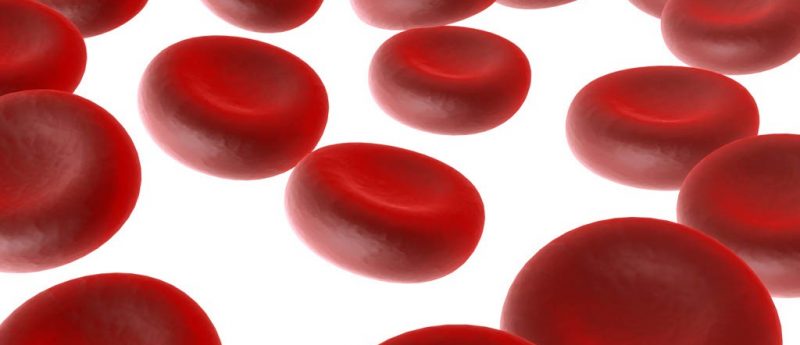Scientists attempt to turn back the clock on hematopoietic stem cells

A novel recombinant osteopontin treatment offers potential for ameliorating age-associated phenotypes of hematopoietic stem cells
Researchers from the University of Ulm (Germany) and Cincinnati Children’s Hospital Medical Center (OH, USA) led by Hartmut Geiger (both) have proposed that rejuvenating the bone marrow niche where hematopoietic stem cells (HSCs) are created attenuates agingassociated phenotypes of HSCs.
Bone marrow HSCs are known to undergo alterations in structure and function upon aging resulting in reductions in their regenerative potential and a propensity to differentiate towards the myeloid lineage. In the past, HSC aging was thought to be a result of stem cell intrinsic mechanisms alone, however recent studies have demonstrated that the age-related changes in the bone marrow HSC niche influences this HSC aging.
The team has studied the expression of osteopontin (OPN) in murine bone marrow stroma, its importance in supporting the bone marrow environment and how these OPN levels are reduced upon aging.
By transplanting young HSCs into an OPN knockout niche, the team was able to demonstrate that reduced OPN levels actually confer aging-associated phenotypes on HSCs. This exposure resulted in decreased engraftment, loss of stem cell polarity and an increase in long-term HSC expansion, thus mimicking aged stroma.
In this study however, the group have also demonstrated that restoring these OPN levels in aged HSCs by treatment with thrombinactivated OPN resulted in the functional and phenotypical attenuation of HSC aging by the activation of HSC integrin α9β1.
This treatment restored the youthful characteristics of HSCs by enhancing engraftment levels and stem cell polarity while reducing HSC frequency. The capacity to form different blood-cell types was also restored thus balancing levels of lymphoid and myeloid cells in peripheral blood.
The data therefore points to a key role in reducing stroma-derived OPN in HSC aging and highlights a potential therapeutic avenue for ameliorating HSC age-related phenotypes in the form of thrombin-cleaved OPN.
Sources
Guidi N, Sacma M, Ständker L et al. Osteopontin attenuates agingassociated phenotypes of hematopoietic stem cells. EMBO J. doi: 10.15252/embj.201694969 (2017)(Epub ahead of print); www.cincinnatichildrens.org/news/release/2017/bone-marrow-stem-cell